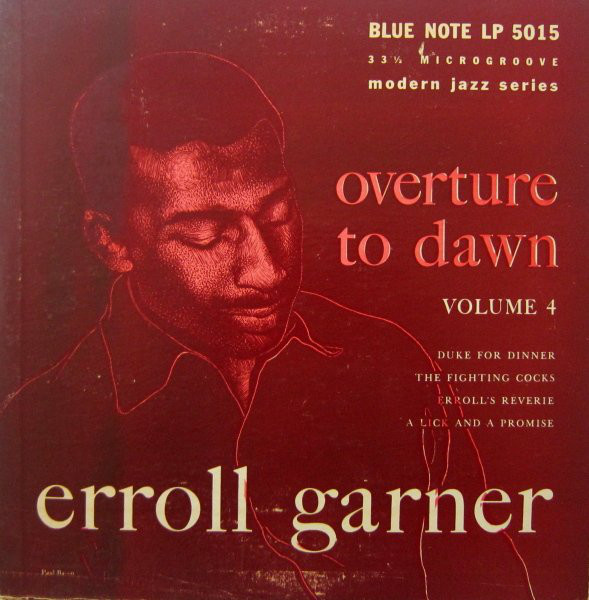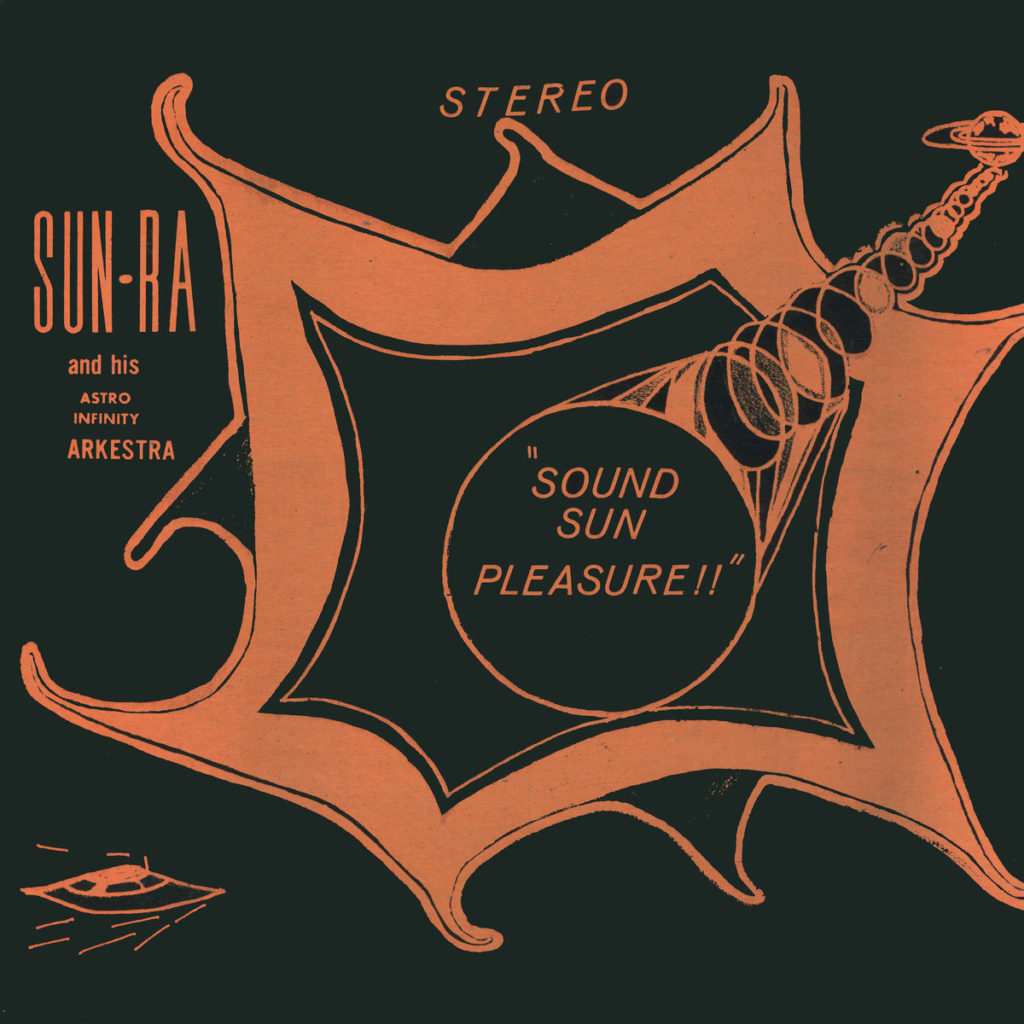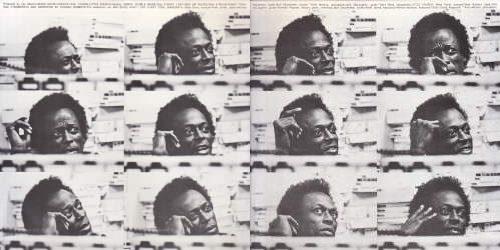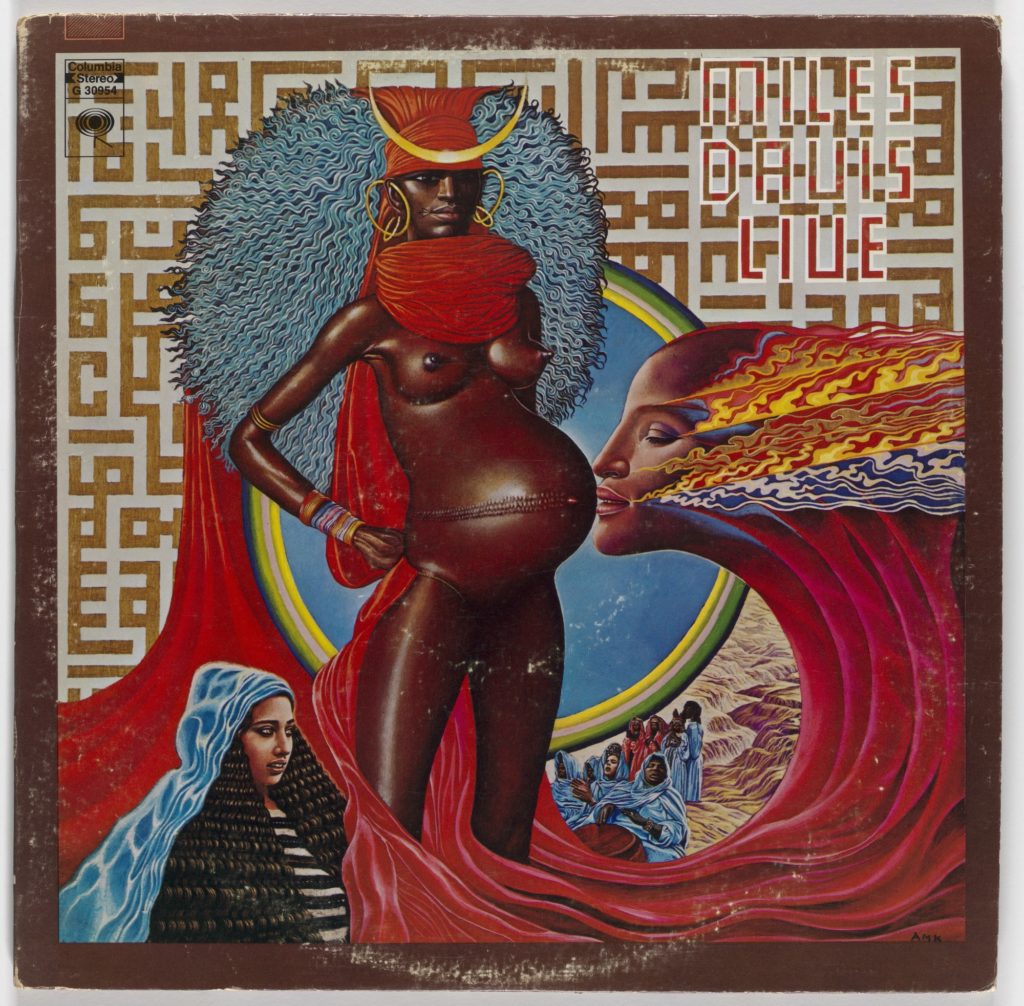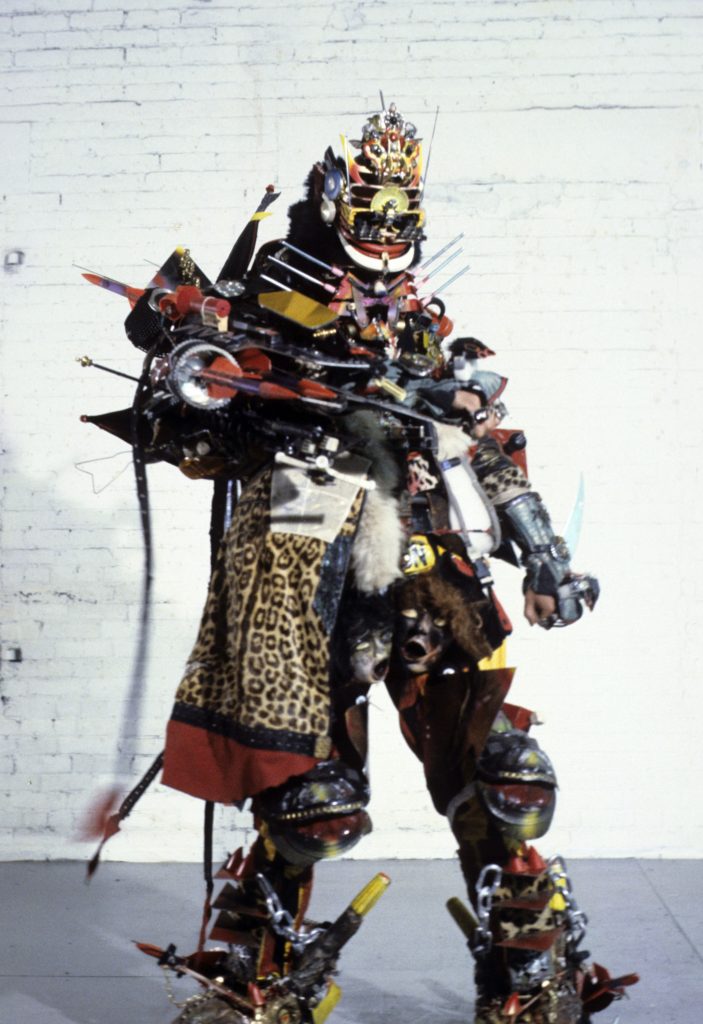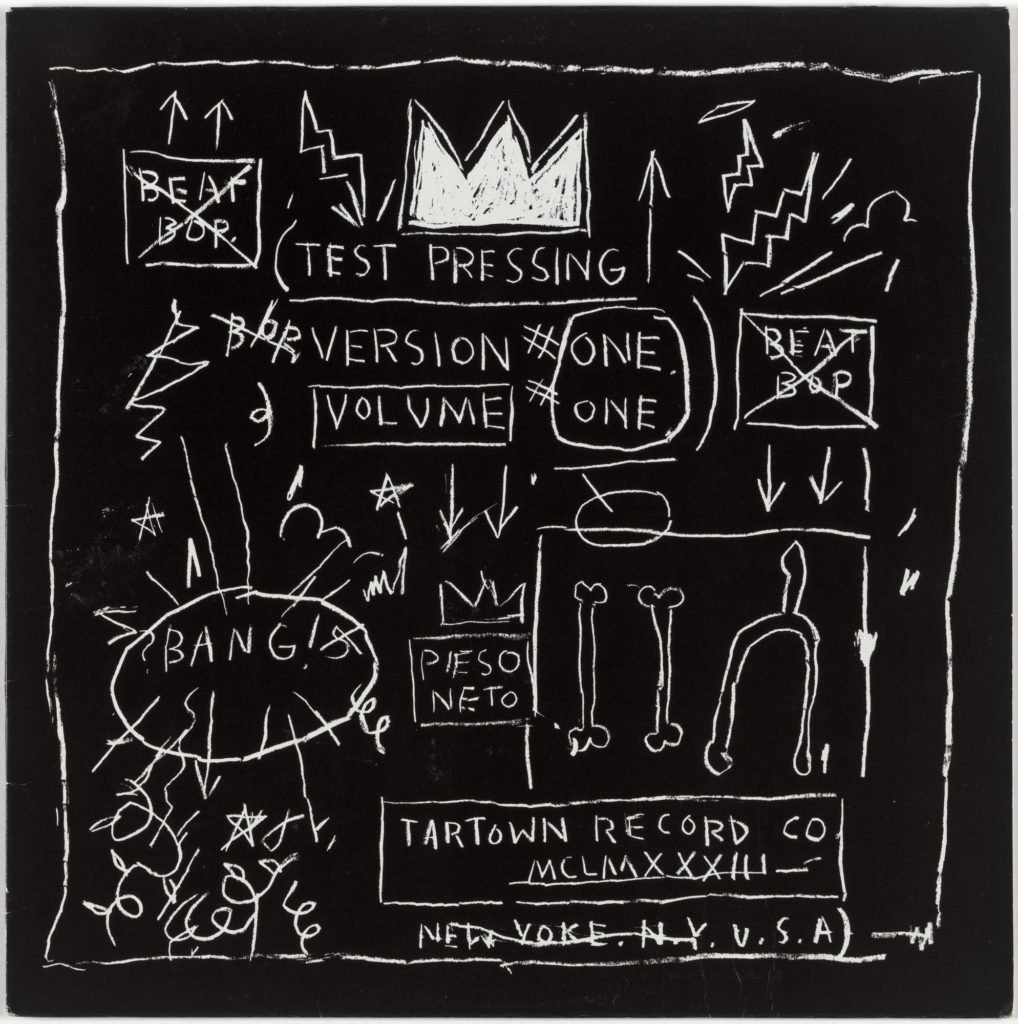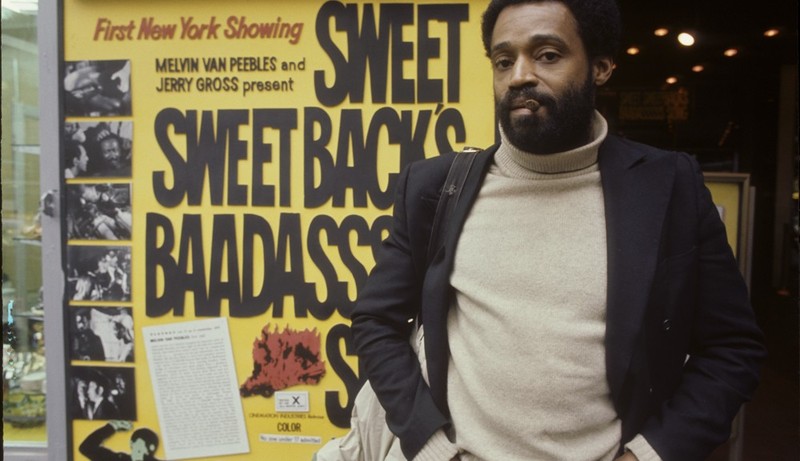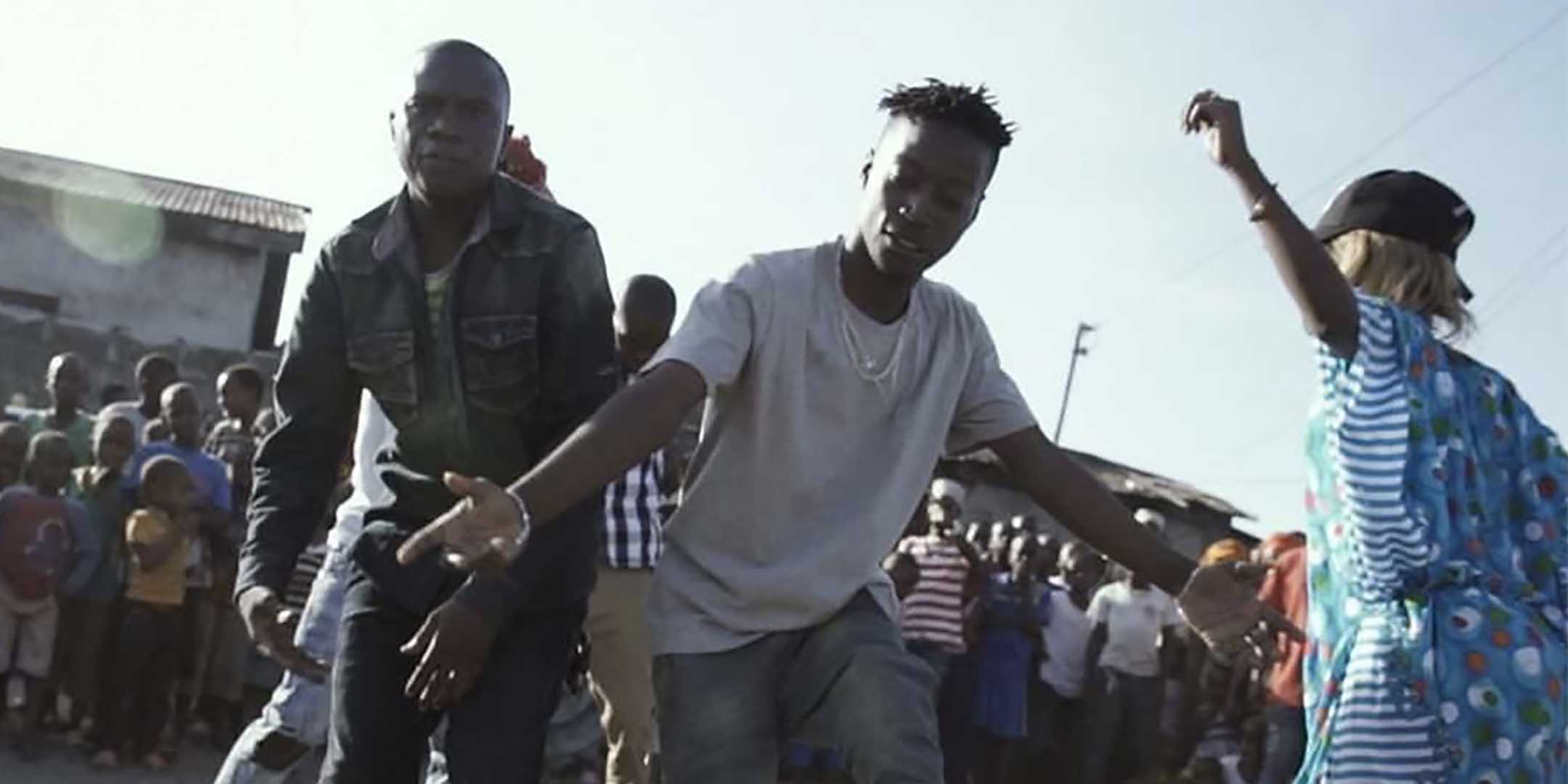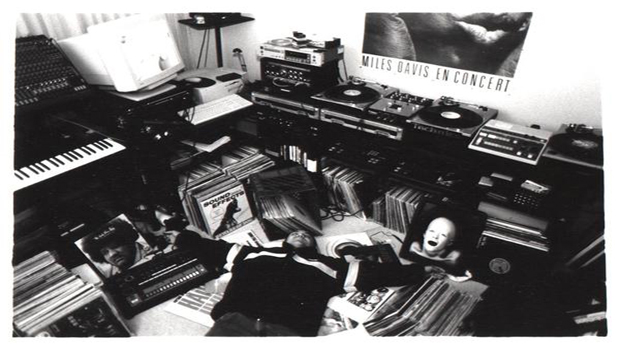Miles Davis and BasquiatBeyond their flaws and defects, they can be considered paradigmatic of the situation of the art world in the 1980s. What most influenced them was not their aesthetics, but their way of conceiving art through their denunciation and creative zeal. We have grown up thanks to their artistic lives and the magnitude of their achievements. One thing that distinguished Thousands was his way of developing as a musician: he did not want to repeat himself and only recorded when he had something new to say. Miles has always kept jazz very fresh and perhaps his greatest feat has been to impose his own artistic values on this genre: indefatigable intelligence, great courage, integrity, honesty and a constant spirit of search, always in pursuit of art, without ever falling into experimentation for the sake of experimentation.
Basquiat and his merciless paintings, left their enigmatic and amusing trace in the full expansion of popular art. Basquiat He had a special admiration for jazz, among which the following stood out Charlie Parker and the Thousands. The work "Charles the First" of 1982, and, Discography I and Discography IIboth made in 1983, are a faithful testimony that Basquiat felt a genuine reverence for jazz until his death. Basquiat wrote in Charles the First the words: "Most of the young kings are beheaded"This is symptomatic in that all its kings are martyrs, victims of social marginalization or of an unbridled and irreverent lifestyle.
